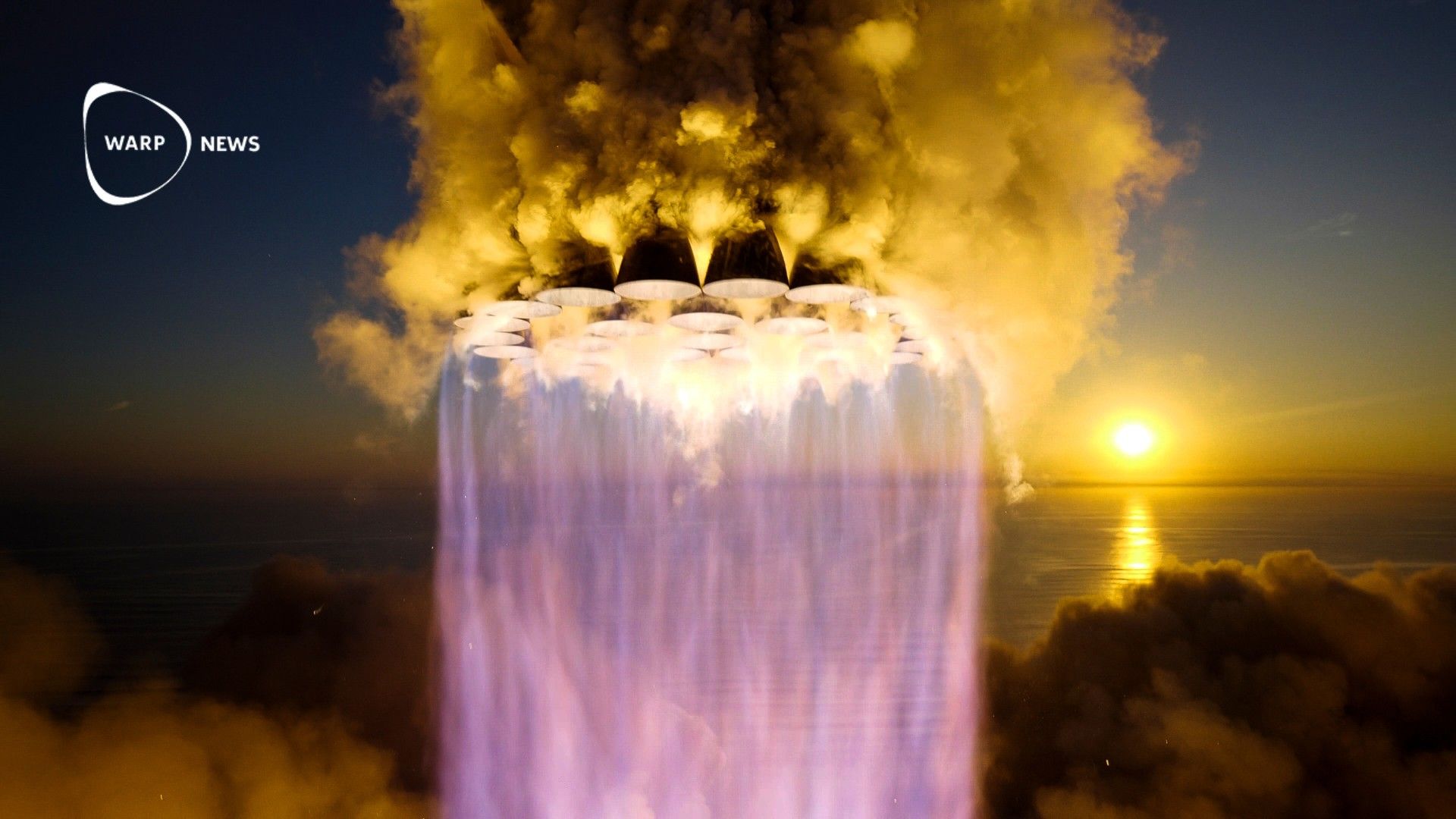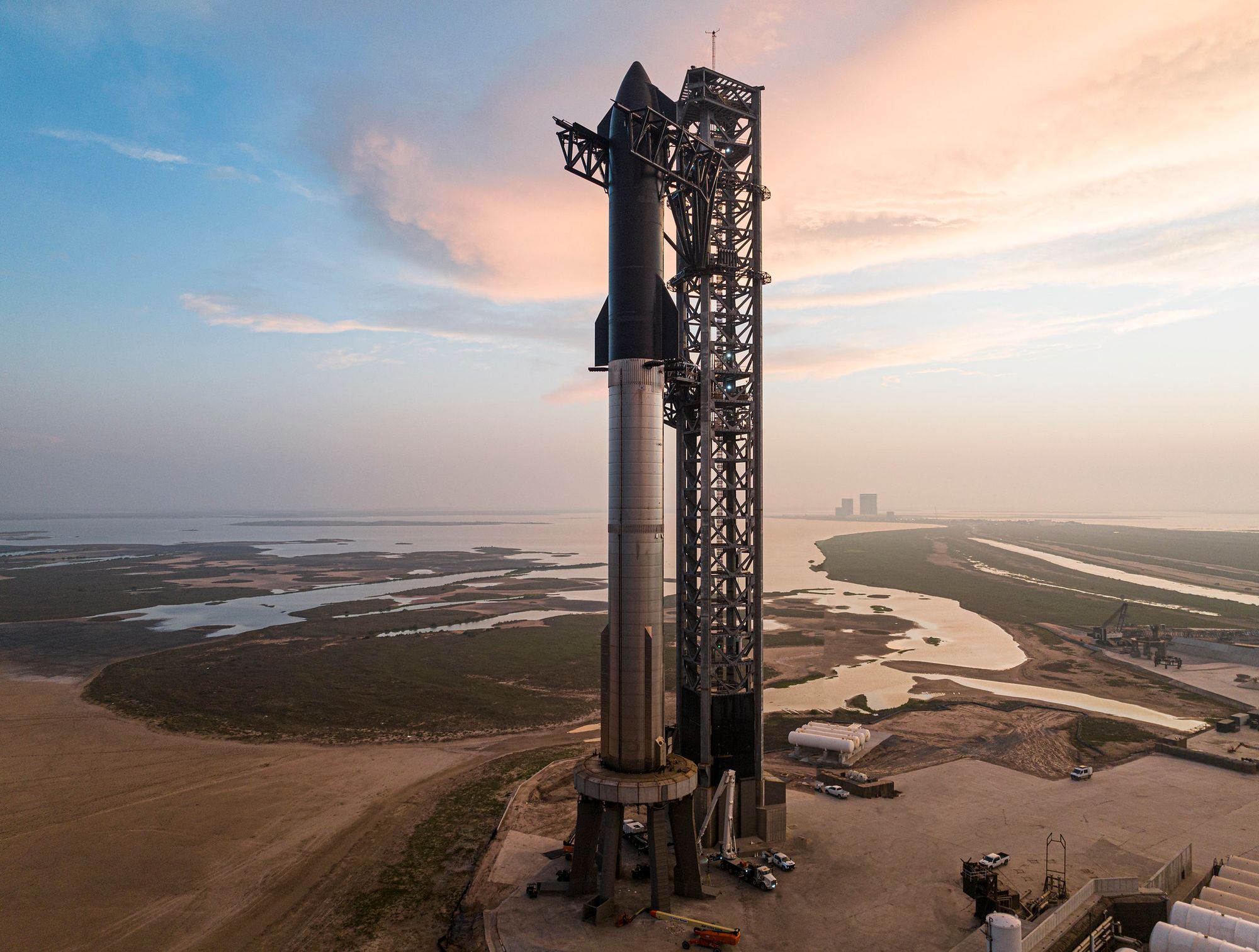
🚀 Starship exploded, but made progress
News media focus on the explosions, providing a skewed view of the progress made during the second test flight of Starship.
Share this story!
As is often the case, news media fail to convey what really happened, instead only highlighting the negative.
When SpaceX's enormous rocket, the most powerful ever built, was launched and exploded after a few minutes, the headlines focused only on the explosion.


The fact that such a significant step forward in rocket development requires multiple tests before success is not unusual. That's the starting point. The rocket flew further this time, it successfully completed a stage separation, and all engines worked as they should. Moreover, the launch pad withstood the enormous force from the engines this time, which it did not last time.
Naturally, the best outcome would have been if the rocket had successfully completed all planned stages, orbited the Earth one and a half times, and the first stage had splashed down in the ocean. But the most likely scenario in developing any product is that the early versions have flaws, which only become apparent when tested in real conditions.
Capturing this in a headline and lead is not difficult, and there are some positive examples out there. This headline in The New York Times is perfect. It highlights the progress made – and the fact that it exploded.

The significance of Starship for humanity
Starship is not just a new rocket. It represents a new era for humanity. I wrote about that before the first launch in April.
Starship is the first rocket built like an airplane. Not in appearance, but in how it will be used: Launch, land, refuel, and go again. With Starship, the cost of launching something into space will decrease dramatically. From $10,000 for a kilo, to $10. One-thousandth of the cost.
We will go from a few thousand satellites to millions. From one space station to thousands. And not just for ten people, but massive structures where millions of people can live.
Scientists are ecstatic just thinking about the possibilities. Giant space telescopes and cheaper exploration of the solar system.
It gives us the opportunity to seriously establish humanity in space, on other planets and moons. On our own moon, and of course, on Mars.

Considering the giant leap that Starship represents, it's understandable how difficult it is to build and launch such a rocket. It's not surprising that it doesn't work on the first, or second, try.
By becoming a premium supporter, you help in the creation and sharing of fact-based optimistic news all over the world.



